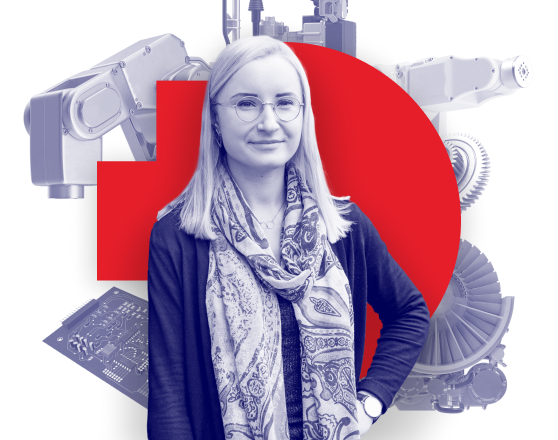This course will develop your skills and knowledge of aerospace engineering.
You’ll learn aerodynamics and stability analysis, and aircraft system fault diagnosis, as well as skills in aerospace mechanisms and power transmission devices.
Aircraft and control concepts and integrated control systems are introduced, covering areas such as automatic flight controls, multi-axis stability, and design and operation of power-assisted controls.
Training in aircraft systems includes the principles, purpose and operation of aircraft fluid power systems. Aerospace drawing is also covered.
You will learn how to undertake technical investigation, reporting and troubleshooting for the aerospace industry.




